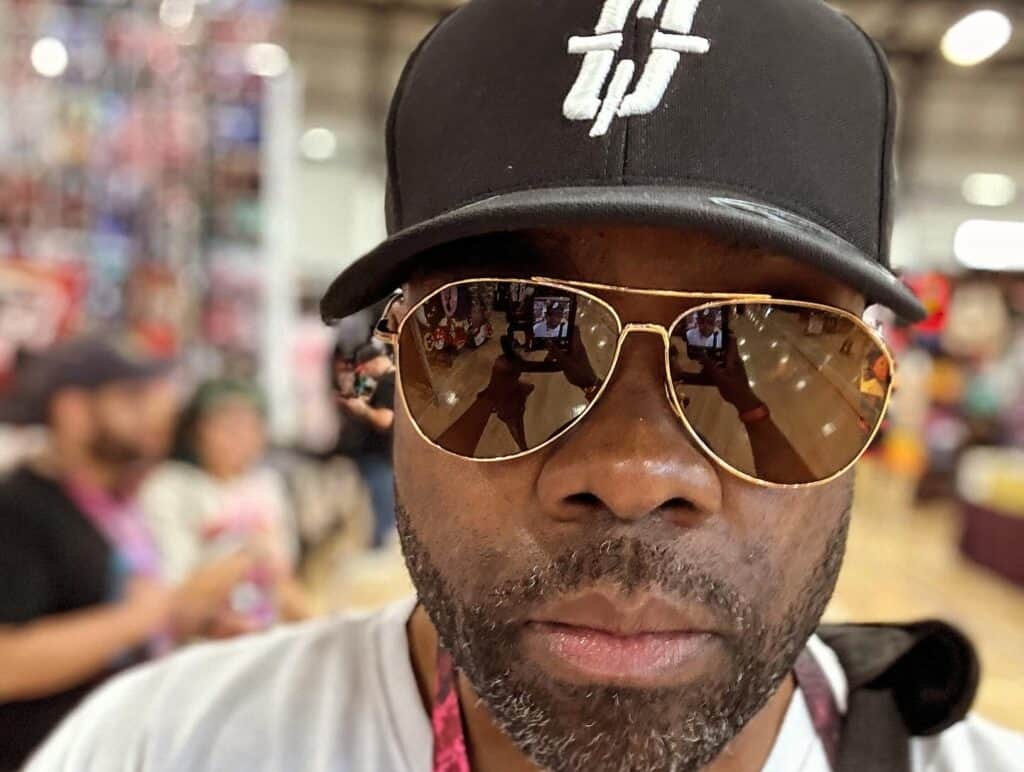Hulk Hogan Was Never a Hero to Us: The Psychology of False Icons and Complicity
This past weekend, Hulk Hogan—the once-beloved WWE icon—was met with a chorus of boos during a WWE Raw Netflix event. The reason? His recent and unapologetic displays of racial bigotry. Yet, what’s truly baffling isn’t the backlash itself but the sheer confusion from fans who can’t seem to grasp why non-white WWE fans are fed up. For many of us, Hogan was never a hero.
But let’s dig deeper. Is this uproar new? Or does it shine a glaring light on a longstanding, uncomfortable reality that society has conveniently swept under the rug? What if I told you Hulk Hogan was always bigoted, openly so, and yet, for decades, he was marketed as a hero for all—including little Black and brown kids? Let that sink in. Now, let’s unpack how this narrative was sold, why it stuck, and what it says about the broader systems at play.
The Myth of the All-American Hero
Hulk Hogan wasn’t just a wrestler. He was a brand. Draped in red and yellow, flexing his muscles, and spewing catchphrases like “Say your prayers and take your vitamins,” Hogan embodied what many saw as the quintessential American hero. He was supposed to be larger than life, a symbol of hope and resilience.
But hope for whom? That’s the question WWE never bothered to answer. Hogan’s character wasn’t designed to reflect the diversity of the audience; it was steeped in white Americana. His villainous opponents were often caricatures of non-white stereotypes—the “evil foreigner,” the “angry Black man,” or the “sneaky Asian.” For Black and brown kids watching at home, Hogan wasn’t an inspiration; he was a reminder of how easily whiteness was centered and celebrated while others were relegated to the margins.
And yet, we cheered. Or at least, we were told to cheer. That’s how complicity works. Institutions condition us to accept harmful narratives as normal, and in doing so, we often gaslight ourselves. But let’s pause here. Ask yourself: Have you ever cheered for something—or someone—because everyone else did, even when it didn’t sit right with you? Reflect on that moment. Who were you trying to appease? What did it cost you?
Cognitive Dissonance and the Silent Majority
One of the reasons Hogan’s bigotry went unchallenged for so long is because it didn’t feel bigoted to the majority of fans. This is where cognitive dissonance comes in—the psychological discomfort we experience when confronted with information that contradicts our beliefs. For Hogan’s white fans, recognizing his racism would’ve meant admitting that their hero wasn’t the virtuous icon they’d been sold. That’s a tough pill to swallow.
So, instead of facing the truth, many fans doubled down. They dismissed Hogan’s racist comments as “mistakes” or “missteps,” framing them as isolated incidents rather than patterns of behavior. This defense mechanism isn’t unique to Hogan; it’s a hallmark of how society protects problematic figures. We saw it with other icons, too—celebrities, politicians, and public figures whose transgressions were downplayed to preserve their legacies.
But what about the rest of us? The fans who couldn’t ignore the blatant racism because it wasn’t theoretical—it was personal? For us, Hogan was never a beacon of hope. He was a reminder that even in spaces meant to entertain and inspire, whiteness still dictated whose stories mattered.
The Psychology of False Redemption
Here’s the kicker: even after being exposed, figures like Hogan often find ways to claw back into public favor. Why? Because society loves a redemption arc, especially when it involves a white man. Hogan’s apology tour after his racist remarks wasn’t about accountability; it was about salvaging his image. It wasn’t for the people he offended—it was for his sponsors, his fans, and the WWE machine that stood to profit from his legacy.
Think about the last time someone hurt you and offered an apology that felt performative. Did it heal the wound? Or did it feel like an attempt to clear their conscience without addressing the harm done? Now imagine that on a global scale. That’s what Hogan’s “apologies” have been—an exercise in optics, not genuine change.
Challenging the Narrative
So, where does this leave us? For one, it forces us to confront the systems that uphold figures like Hogan while silencing or marginalizing others. It also challenges us to examine our own roles in perpetuating these dynamics.
Ask yourself:
- Have you ever ignored harmful behavior because it was easier than addressing it?
- Have you excused someone’s actions because their success benefited you in some way?
- When was the last time you confronted your own biases?
These aren’t easy questions, but they’re necessary. Because if we want to dismantle the systems that uphold people like Hogan, we have to start with ourselves.
A Call to Action
Hulk Hogan’s fall from grace isn’t just about one man’s racism. It’s a mirror reflecting society’s willingness to ignore harm in favor of nostalgia and profit. It’s a reminder that icons aren’t infallible, and complicity is as damaging as the actions themselves.
So, the next time you’re asked to cheer for a “hero,” pause. Ask yourself who benefits from their success—and at whose expense. And most importantly, challenge the narratives you’ve been fed. Because real heroes aren’t sold to us. They earn their place by standing for something greater than themselves.
